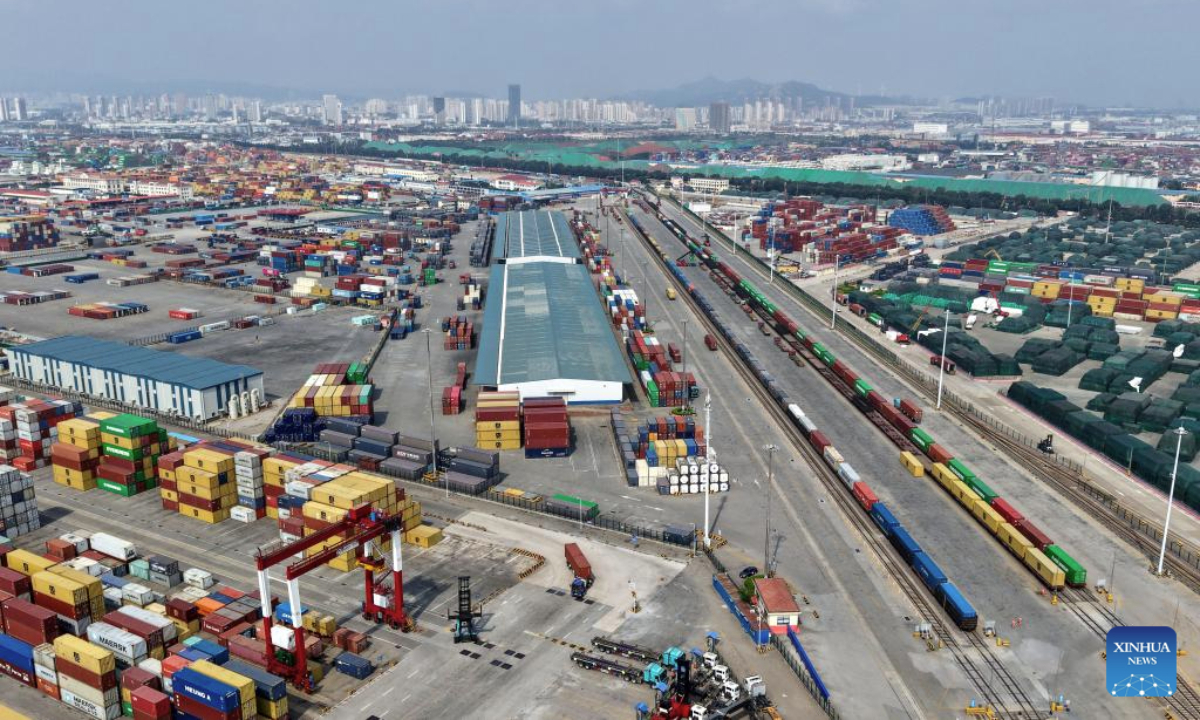Intensifying Space Race: Titans Clash in Astronautics

The burgeoning competition in space exploration between the USA and China marks a pivotal moment in global geopolitics, as well as an emerging domain for technological and economic prowess. The stakes are enormous—not only does the victor gain significant bragging rights over the celestial frontier, but they also unlock potential economic benefits from technological advancements, commercial partnerships, and enhanced national security. This intense rivalry can arguably be seen as a bellwether for future inter-state relationships, particularly as tensions in terrestrial trade and diplomacy hover.
Historically, the space race appears to be entering a new chapter reminiscent of the Cold War era, where technological supremacy was best evidenced through monumental achievements like landing a man on the moon. According to recent reports, while NASA initiated the Artemis program with aspirations of lunar returns by 2027, China’s ambitions to establish a lunar presence by 2030 through missions spearheaded by the China National Space Administration (CNSA) pose a serious strategic challenge. The recent successes of China's Long March-10 rocket and the advancements showcased through their lunar modules are instigating a refreshing reflection on the synergy between scientific innovation and economic imperatives, reminiscent of the spurts in R&D resulting from the 2008 financial crisis.
However, emerging from this competitive landscape are several risks and opportunities that require dispassionate scrutiny. A common assumption may lead one to believe that the USA maintains a substantial competitive edge due to its decades of experience and the deep-seated involvement of private enterprises such as SpaceX and Blue Origin. Yet, the unanticipated delays and escalating costs associated with NASA’s Artemis program—and public commentary on internal governance challenges—could potentially erode this advantage. Meanwhile, China has positioned itself as a formidable contender, spurred on by its rigorous investment in state-sponsored projects amidst a tightly controlled space narrative. The intertwining of military objectives with space exploration, such as the comments made by General Saltzman about China’s satellite network, invites a discourse not only on international competition but also on collaborative frameworks that could mitigate tensions.
As combined economic indicators show rising investments in technology and aerospace sectors from both nations—each utilizing their unique vantage points—this competition might also lead to unintended consequences, such as an arms race in space or a fracturing of global collaboration on celestial navigation. The potential for sanctions or embargoes stemming from geopolitical tensions can lead to further fragmentation in international partnerships in space technology. The question remains: can both nations channel their competitive incentives toward constructive collaboration instead of destructive rivalry? Such discourse could yield innovative approaches, impactful technological advancements, and safeguard shared values in existential challenges like climate change and sustainable resource utilization.
Read These Next

China's Foreign Trade Praised by Two Ministries for Quality Opening
China's foreign trade shows stable growth despite global uncertainties, driven by government support and key sector exports.

Nikkei 225 Rises 005 while KOSPI Gains 088
Nikkei 225 and KOSPI indices rise slightly, suggesting stability and growth in Asia-Pacific markets amid global fluctuations.

Asia Television Holds Leadership Amid Market Changes
The annual report of Asia Television Holdings Limited reveals key changes in management and governance, highlighting significant risks associated with the suspension of the CEO, trading halts, and potential impacts on investor confidence. These developments reflect broader corporate governance themes and present both risks and opportunities for stakeholders.
